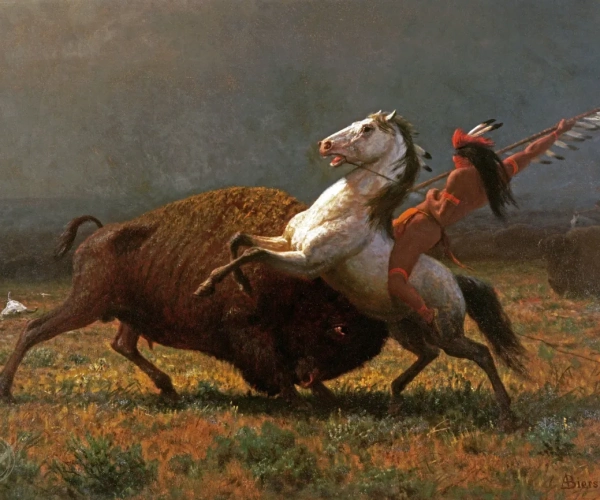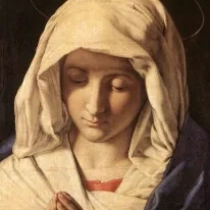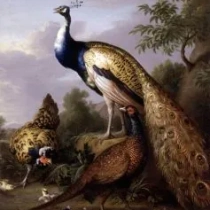The Last of the Buffalo II
Albert Bierstadt's "The Last of the Buffalo II" is a powerful and emotive depiction of the American West during a significant period of change. The artwork vividly portrays a group of buffalo, also known as American bison, amidst a landscape that exudes a sense of vastness and untamed wilderness. Bierstadt's skillful use of light and shadow enhances the dramatic impact of the scene, with the setting sun casting a warm glow over the grassy plains and distant mountains.
The artist's meticulous attention to detail, particularly in rendering the fur and musculature of the buffalo, underscores his keen observation of nature and wildlife. Through this attention to detail, the painting becomes a testament to the majesty and grandeur of the buffalo, as well as a poignant reflection on their dwindling numbers and the threats they faced during the westward expansion of the United States.
Bierstadt's "The Last of the Buffalo II" can be viewed as a lament for the loss of this iconic symbol of the American frontier, as well as a tribute to the resilience and beauty of the natural world. The painting invites viewers to contemplate the complex and often fraught relationship between human civilization and the environment, prompting reflection on the impact of human activity on the landscapes and wildlife that have shaped the nation's identity.
Overall, the artwork stands as a testament to Bierstadt's mastery of landscape painting and his ability to evoke a sense of awe and contemplation in the viewer. Through "The Last of the Buffalo II," Bierstadt not only captures a moment in time but also conveys a profound message about the interconnectedness of humanity and the natural world.







No Comments Yet...